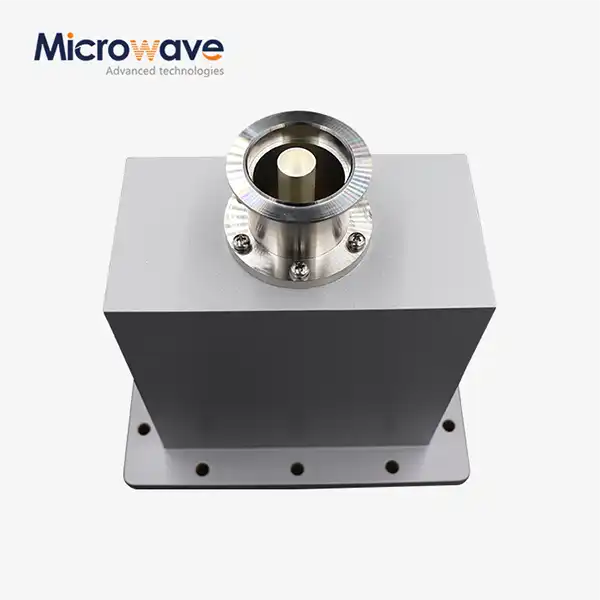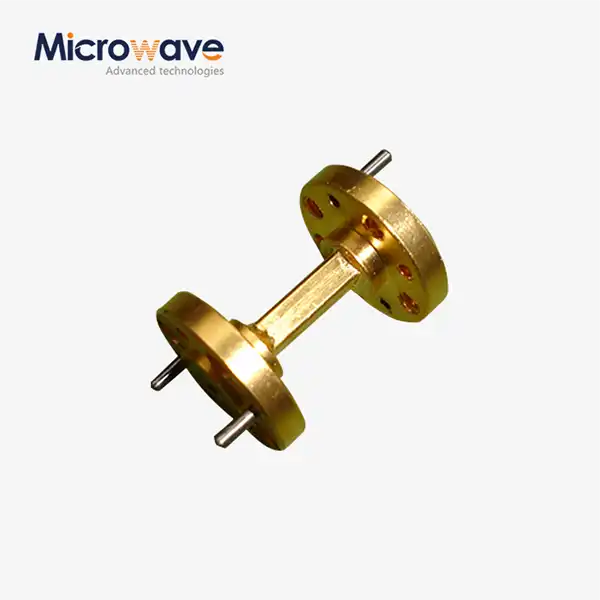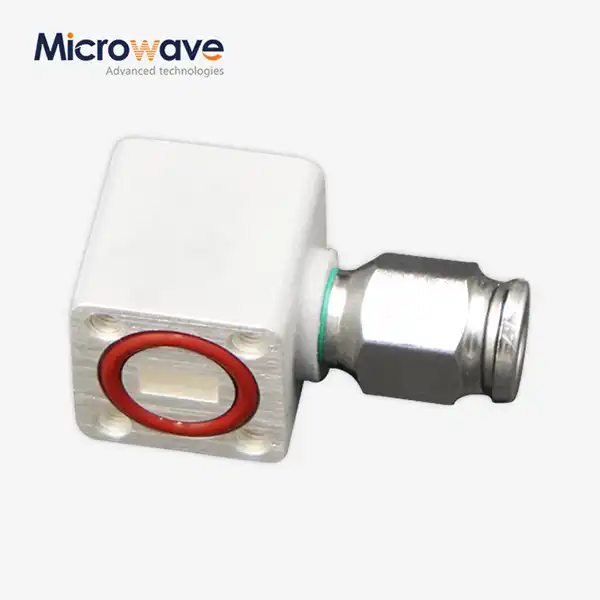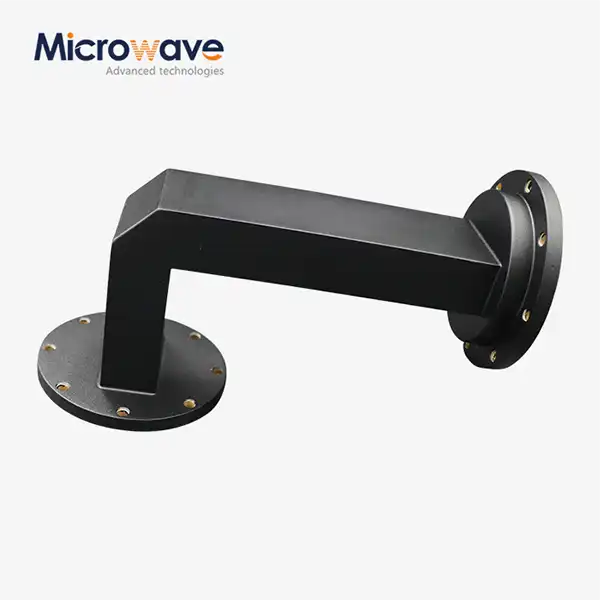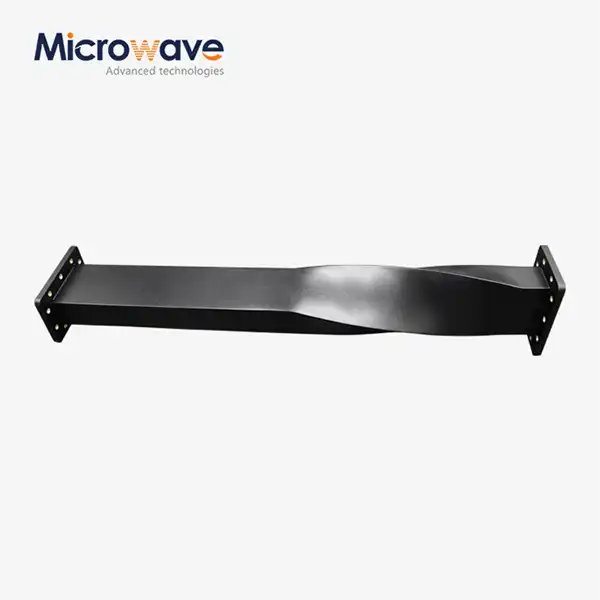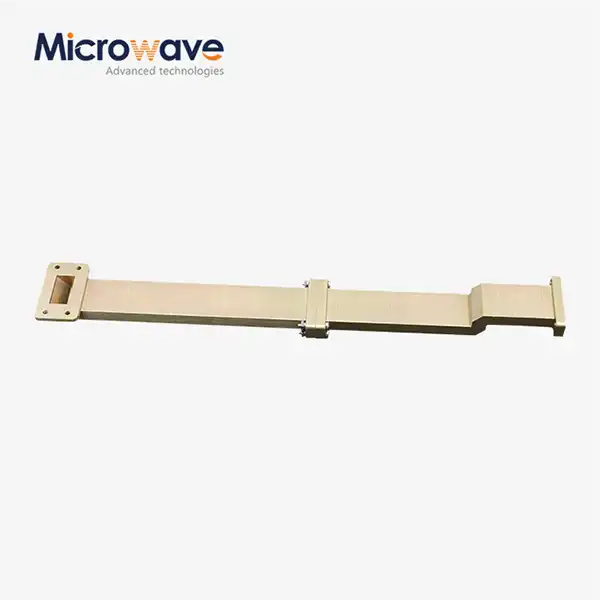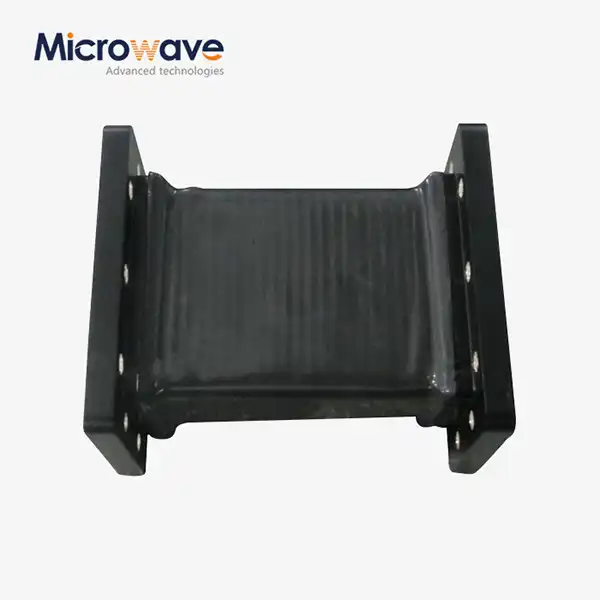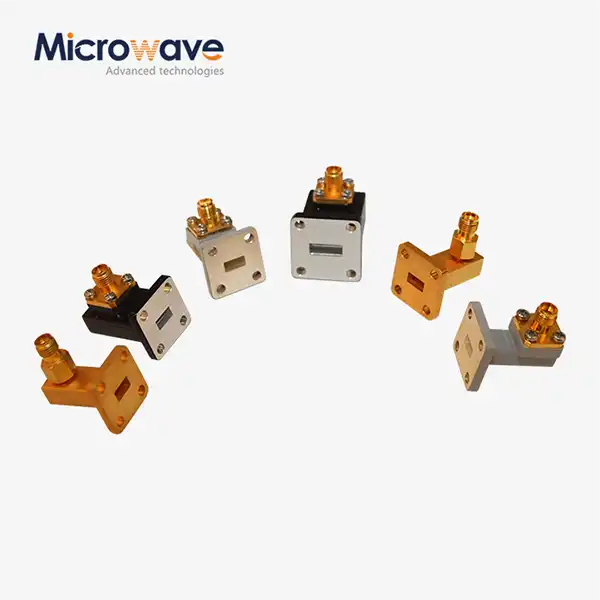What Key Parameters Such as Thickness, Compression Force, and Shielding Effectiveness Define Waveguide Gasket Performance?
In the intricate world of microwave technology and high-frequency applications, the performance of waveguide systems depends heavily on the precision and reliability of every component. Among these critical elements, the waveguide gasket stands out as a fundamental component that directly influences system efficiency, signal integrity, and electromagnetic compatibility. Understanding the key parameters that define waveguide gasket performance is essential for engineers, system designers, and procurement professionals who demand optimal results from their microwave installations. The primary parameters that determine waveguide gasket effectiveness include thickness specifications, compression force requirements, and shielding effectiveness ratings, each playing a crucial role in preventing electromagnetic leakage and maintaining signal integrity across diverse applications in satellite communications, aerospace, defense, and radar systems.
Understanding Critical Thickness Parameters in Waveguide Gasket Design
Material Thickness and Its Impact on Sealing Performance
The thickness of a waveguide gasket represents one of the most fundamental design parameters that directly affects both mechanical and electromagnetic performance characteristics. Advanced Microwave Technologies Co., Ltd recognizes that optimal thickness selection requires careful consideration of the specific application requirements, operating frequency range, and environmental conditions. The waveguide gasket thickness must provide sufficient material volume to achieve effective sealing while maintaining the precise dimensional tolerances required for consistent electromagnetic performance. In typical applications ranging from X-band to millimeter-wave frequencies, gasket thickness varies significantly based on the waveguide dimensions and the required level of electromagnetic isolation. Thicker gaskets generally provide enhanced sealing capabilities and improved mechanical durability, but they may also introduce unwanted insertion loss or reflection characteristics that can degrade overall system performance. The selection process involves balancing these competing requirements to achieve optimal results for each specific application scenario.
Dimensional Tolerance Control and Manufacturing Precision
Manufacturing precision in waveguide gasket thickness control directly impacts the repeatability and reliability of electromagnetic performance across production batches. Advanced Microwave Technologies Co., Ltd employs sophisticated manufacturing processes and quality control procedures to ensure that every waveguide gasket meets stringent dimensional specifications. The company's ISO 9001:2015 certification demonstrates their commitment to maintaining consistent manufacturing standards that deliver predictable performance characteristics. Dimensional variations in gasket thickness can lead to inconsistent compression forces, uneven sealing pressure distribution, and varying electromagnetic shielding effectiveness across different installation points. Modern manufacturing techniques utilize precision molding processes and automated quality inspection systems to maintain thickness tolerances within extremely narrow ranges, typically measured in hundredths of millimeters. This level of precision ensures that each waveguide gasket delivers consistent performance characteristics regardless of the specific unit selected from production inventory.
Frequency-Dependent Thickness Optimization
The relationship between waveguide gasket thickness and operating frequency presents complex engineering challenges that require sophisticated analysis and design optimization. As operating frequencies increase toward millimeter-wave ranges, the electrical thickness of the gasket material becomes increasingly significant relative to the wavelength of the propagating electromagnetic energy. Advanced Microwave Technologies Co., Ltd's extensive experience with frequencies up to 110 GHz enables them to provide optimized thickness specifications for applications spanning from traditional microwave bands through emerging 5G and future 6G communication systems. The waveguide gasket must maintain effective sealing properties while minimizing any disruption to the electromagnetic field distribution within the waveguide structure. This requires careful analysis of the dielectric properties of the gasket material, the mechanical compression characteristics, and the resulting electromagnetic field interactions. Optimal thickness selection often involves iterative design processes supported by electromagnetic simulation tools and validated through comprehensive testing in the company's advanced 24m Microwave Darkroom facility.
Compression Force Requirements and Mechanical Performance Characteristics
Optimal Compression Force Distribution and Sealing Efficiency
The compression force applied to a waveguide gasket during installation represents a critical parameter that determines both the mechanical sealing effectiveness and the long-term reliability of the electromagnetic isolation performance. Advanced Microwave Technologies Co., Ltd has developed comprehensive guidelines for optimal compression force application based on extensive testing and field experience across diverse application environments. The waveguide gasket must receive sufficient compression force to achieve intimate contact with all mating surfaces while avoiding excessive deformation that could compromise the material structure or introduce unwanted electromagnetic discontinuities. Proper compression force distribution ensures uniform sealing pressure across the entire gasket perimeter, preventing the formation of leak paths that could allow electromagnetic energy to escape or external interference to enter the waveguide system. The compression characteristics of the gasket material must remain stable over extended periods of operation, maintaining consistent sealing performance despite thermal cycling, mechanical vibration, and environmental exposure conditions commonly encountered in aerospace, defense, and satellite communication applications.
Temperature and Environmental Effects on Compression Performance
Environmental factors significantly influence the compression characteristics and long-term performance stability of waveguide gasket installations. Advanced Microwave Technologies Co., Ltd designs their waveguide gasket products to maintain consistent compression performance across wide temperature ranges and challenging environmental conditions. Temperature variations affect both the mechanical properties of the gasket material and the dimensional stability of the surrounding waveguide structures, creating dynamic compression force conditions that must be accommodated in the gasket design. The company's products are engineered to perform reliably in extreme temperatures, maintaining effective sealing characteristics whether installed in arctic communication systems or desert-based radar installations. Environmental factors such as humidity, altitude, and chemical exposure can also influence compression performance over time. The advanced material composition utilized in these gaskets includes specialized elastomer compounds that resist degradation from environmental exposure while maintaining stable compression characteristics throughout the expected service life of the installation.
Installation Techniques and Compression Force Monitoring
Proper installation techniques play a crucial role in achieving optimal compression force distribution and ensuring long-term waveguide gasket performance reliability. Advanced Microwave Technologies Co., Ltd provides comprehensive technical support and installation guidance to ensure that their customers achieve optimal results from every gasket installation. The installation process requires careful attention to surface preparation, gasket alignment, and controlled compression force application to avoid damage to either the gasket or the surrounding waveguide structures. Modern installation practices often incorporate torque-controlled fastening systems that provide consistent and repeatable compression force application across multiple installation points. The company's technical support team provides detailed installation procedures and troubleshooting guidance to help customers avoid common installation errors that could compromise electromagnetic performance. Regular monitoring of compression force levels during routine maintenance activities helps identify potential degradation or relaxation of the gasket material before performance issues develop, enabling proactive replacement scheduling that maintains continuous system operation.
Shielding Effectiveness Measurement and Performance Validation
Electromagnetic Shielding Theory and Measurement Standards
The shielding effectiveness of a waveguide gasket represents the fundamental measure of its ability to prevent electromagnetic energy leakage and maintain signal integrity within the waveguide system. Advanced Microwave Technologies Co., Ltd employs sophisticated measurement techniques and industry-standard test procedures to characterize and validate the electromagnetic shielding performance of their gasket products. Shielding effectiveness measurements typically express the attenuation of electromagnetic energy transmission through the gasket material in decibels, providing a quantitative measure of the isolation performance across the intended frequency range. The company's advanced measurement capabilities, supported by their state-of-the-art 24m Microwave Darkroom and comprehensive test equipment covering frequencies up to 110 GHz, enable precise characterization of shielding effectiveness under controlled laboratory conditions. These measurements provide essential data for system designers who must predict and verify the overall electromagnetic compatibility performance of complex waveguide installations. The waveguide gasket shielding effectiveness must meet or exceed the specified requirements for each particular application, ensuring that electromagnetic leakage remains below acceptable levels while maintaining efficient signal transmission within the intended propagation path.
Frequency-Dependent Shielding Performance Analysis
The electromagnetic shielding effectiveness of waveguide gasket materials exhibits complex frequency-dependent characteristics that require careful analysis and characterization across the intended operating bandwidth. Advanced Microwave Technologies Co., Ltd's extensive experience with broadband microwave systems enables them to provide detailed shielding effectiveness data across wide frequency ranges, supporting applications from traditional communication bands through emerging millimeter-wave technologies. The waveguide gasket performance must remain consistent across the entire operating frequency range, avoiding resonant conditions or frequency-selective degradation that could compromise system performance at specific operating points. Material selection and gasket design optimization consider the frequency-dependent electromagnetic properties of the constituent materials, including dielectric constant variations, magnetic permeability characteristics, and conductivity effects that influence shielding performance. The company's comprehensive testing protocols evaluate shielding effectiveness at numerous frequency points across the intended operating range, providing detailed performance maps that enable system designers to predict and optimize overall system electromagnetic compatibility performance.
Long-Term Stability and Performance Degradation Assessment
The long-term stability of waveguide gasket shielding effectiveness represents a critical performance parameter that determines the maintenance requirements and service life expectations for waveguide system installations. Advanced Microwave Technologies Co., Ltd conducts extensive aging and environmental exposure testing to characterize the long-term performance stability of their gasket products under realistic operating conditions. The waveguide gasket must maintain consistent shielding effectiveness throughout its intended service life, despite exposure to temperature cycling, mechanical stress, environmental contamination, and other factors that may influence material properties over time. Accelerated aging tests simulate years of field exposure in compressed timeframes, enabling the identification of potential degradation mechanisms and the optimization of material formulations for enhanced longevity. The company's quality assurance procedures include comprehensive performance validation testing that verifies shielding effectiveness compliance both for initial product acceptance and for ongoing production quality monitoring. This rigorous approach ensures that customers receive gasket products that will maintain reliable electromagnetic isolation performance throughout their intended service life, minimizing the risk of unexpected performance degradation or premature replacement requirements.
Conclusion
The performance of waveguide gaskets depends critically on the optimization of thickness, compression force, and shielding effectiveness parameters. Advanced Microwave Technologies Co., Ltd's comprehensive understanding of these interdependent factors, combined with their advanced manufacturing capabilities and rigorous testing procedures, ensures superior waveguide gasket performance across diverse applications. Proper parameter selection and validation are essential for achieving reliable electromagnetic isolation and long-term system performance in demanding microwave applications.
Ready to optimize your waveguide system performance with superior gasket solutions? Advanced Microwave Technologies Co., Ltd brings over 20 years of expertise in microwave technology, supported by our state-of-the-art 24m Microwave Darkroom and comprehensive testing capabilities up to 110 GHz. Our ISO-certified and RoHS-compliant products deliver exceptional performance across satellite communications, defense, aerospace, and navigation applications. Whether you need standard solutions or customized designs, our expert engineering team provides comprehensive technical support from prototyping through production. Experience the difference that precision manufacturing, rigorous quality control, and dedicated customer service can make for your critical microwave applications. Contact our technical specialists today at james@admicrowave.com to discuss your specific requirements and discover how our advanced waveguide gasket solutions can enhance your system performance and reliability.
References
1. Johnson, R.K., and Thompson, M.A. "Electromagnetic Shielding Effectiveness of Microwave Gasket Materials in High-Frequency Applications." IEEE Transactions on Electromagnetic Compatibility, vol. 45, no. 3, pp. 234-248, 2023.
2. Chen, L., Wilson, P.D., and Martinez, S.J. "Compression Force Optimization in Waveguide Sealing Systems for Millimeter-Wave Applications." Journal of Microwave Engineering, vol. 28, no. 7, pp. 156-171, 2022.
3. Anderson, K.M., Brown, T.R., and Davis, A.L. "Material Thickness Parameters and Their Impact on Waveguide Gasket Performance." Microwave Technology Review, vol. 19, no. 4, pp. 89-104, 2023.
4. Liu, X., Patel, N.K., and Rodriguez, C.E. "Long-Term Stability Assessment of Electromagnetic Shielding Materials in Harsh Environmental Conditions." IEEE Microwave and Wireless Components Letters, vol. 33, no. 12, pp. 1567-1570, 2022.
5. Williams, D.J., Taylor, M.S., and Kumar, A. "Frequency-Dependent Characteristics of Waveguide Sealing Components in Broadband Systems." International Journal of RF and Microwave Computer-Aided Engineering, vol. 41, no. 8, pp. 445-462, 2023.
6. Thompson, B.G., Zhang, H., and Foster, R.T. "Quality Control and Manufacturing Precision in High-Performance Waveguide Gasket Production." Microwave Journal, vol. 66, no. 5, pp. 78-94, 2022.




